8 Cooking Resolutions for the New Year
New skills, new foods and new confidence in the kitchen: ideas to take you from weeknight suppers to weekend parties.
By Lynn Andriani
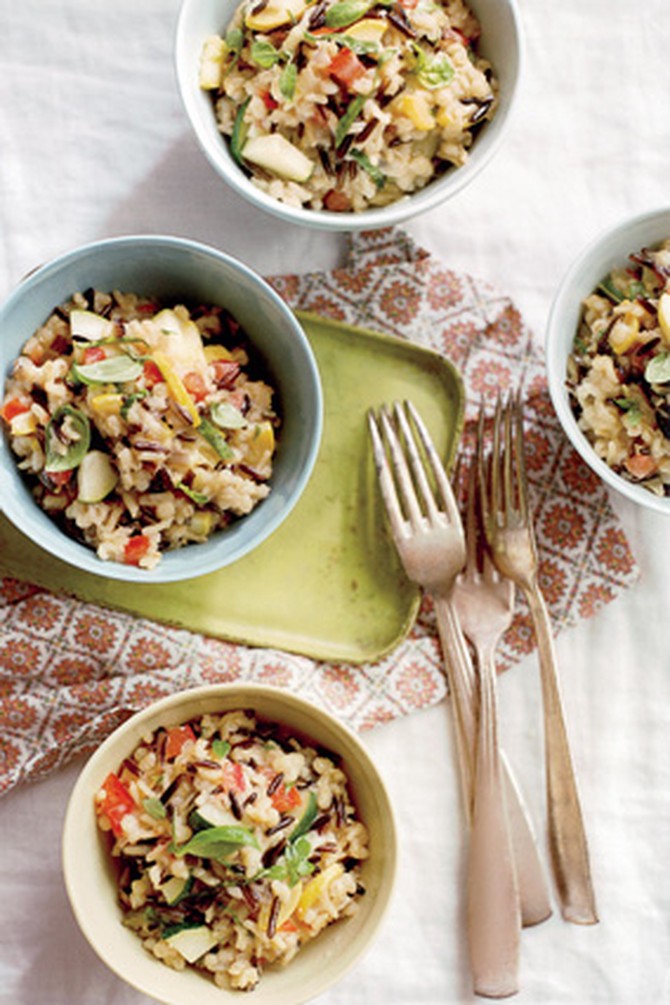
Master 3 New Dishes So You Can Make Them in Your Sleep
The perfect back-pocket recipe has a short ingredient list and major possibilities. We found three easy-to-memorize ones from new cookbooks, that we promise you won't get tired of.
Making carnitas entails roasting cubes of pork, lamb or even goat with spices until they're crispy. From there, you can toss the meat with pasta, fold it into a tortilla, serve it over creamy polenta or mashed sweet potatoes, or with cornbread. Make this recipe once, and you'll never need to look at it again. Roast beef is another workhorse, and Parisian chef Stéphane Reynaud says it should not be relegated to Sundays. To prove it, he presents this seven-ingredient recipe, which you can make in about 45 minutes. And then there's risotto. The creamy Italian rice dish can go in any direction based on the vegetables you have, whether you fancy asparagus or winter squash.
Making carnitas entails roasting cubes of pork, lamb or even goat with spices until they're crispy. From there, you can toss the meat with pasta, fold it into a tortilla, serve it over creamy polenta or mashed sweet potatoes, or with cornbread. Make this recipe once, and you'll never need to look at it again. Roast beef is another workhorse, and Parisian chef Stéphane Reynaud says it should not be relegated to Sundays. To prove it, he presents this seven-ingredient recipe, which you can make in about 45 minutes. And then there's risotto. The creamy Italian rice dish can go in any direction based on the vegetables you have, whether you fancy asparagus or winter squash.
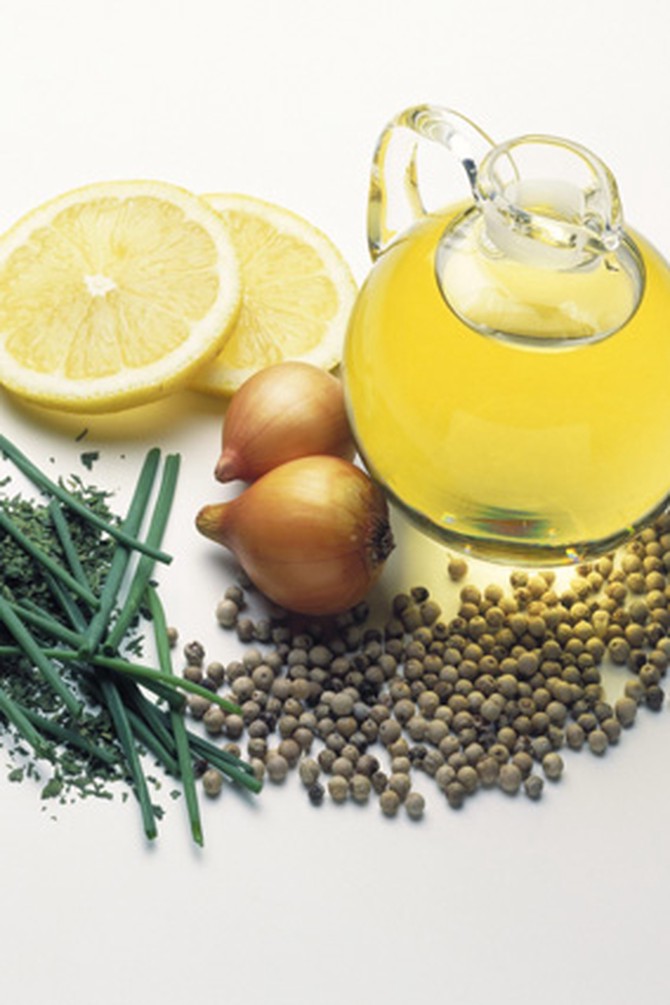
Photo: Thinkstock
Go 1 Week a Month Without Resorting to Whatever Your Crutch Is
Garlic, onions, canned chicken stock, lemons, salt: These are all very useful ingredients that show up frequently in cooking because they're relatively cheap, easy and effective ways to build flavor quickly. But try swearing off one, just temporarily, and see what new foods you discover. Maybe you'll give up garlic and fall in love with shallots or Chinese chives. Or perhaps you'll find out that orange juice works better in your go-to salad dressing than lemon does. The Food Substitutions Bible has more than 6,500 suggestions to get you started.
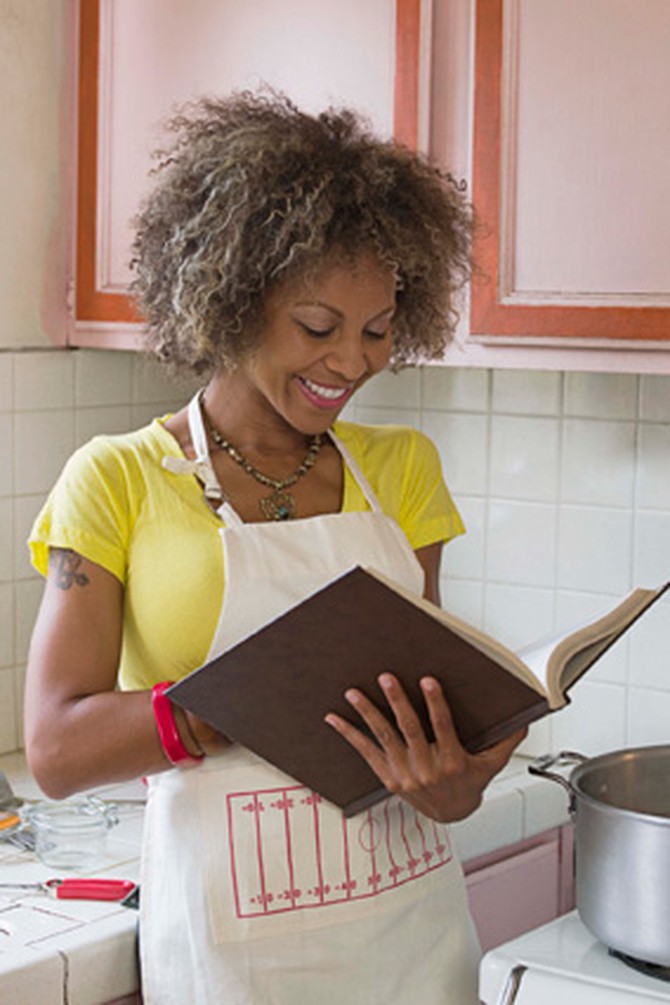
Photo: Thinkstock
Make This Year the Year You Invest in Cookbooks and Then Actually Use Them
Rediscover a book you've had for years, or get to know one that you received this holiday, by first spending some time reading it outside the kitchen. Bookmark every recipe you're interested in, even if it calls for summer peaches and it's the middle of January. Then, go through your notes and pick three dishes you can try this month. Make a shopping list, buy the ingredients, and then there's no backing out: Once you've gone through the trouble of tracking down that lemongrass, you're going to use it. Here are two new books on our shelf that we're hoping are splattered with sauce by next December: My Family Table: A Passionate Plea for Home Cooking by John Besh and All About Roasting: A New Approach to a Classic Art by Molly Stevens. And one more tool for helping you get more out of your cookbooks: Eat Your Books. You tell the site which books you own, and then, next time you need a recipe for, say, chili, it will list which of your books have what you're looking for.
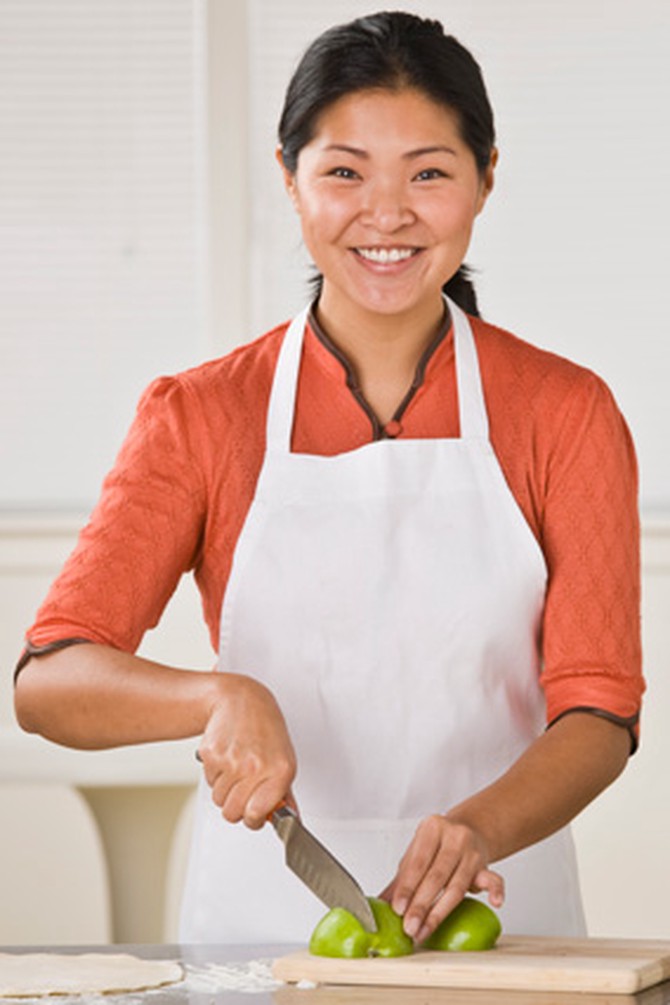
Photo: Thinkstock
Take That Cooking Class You've Been Forever Saying You'd Do
Cookbooks and TV shows can take you far, but for some skills—think folding a samosa or knowing what consistency a piecrust should be (and when to stop the food processor and start using your hands)—a demonstration where you participate is the only way to really get it. Adult education centers, cooking stores, professional cooking schools and even Whole Foods offer recreational classes, from
Hors d'Oeuvres Boot Camp to Springtime Soufflés, whether you want to spend one afternoon or a series of Saturdays or weeknights studying a particular cuisine or technique. A class size of 10 to 12 is best; you'll be able to ask plenty of questions, but it's less expensive than a one-on-one session. Once you get to the kitchen, turn off your phone, pull out your notebook (one with a waterproof cover is best) and take lots of notes. When you get home, make a concrete plan to use your new skills: Pick a day to cook for friends or teach your family members what you've learned.
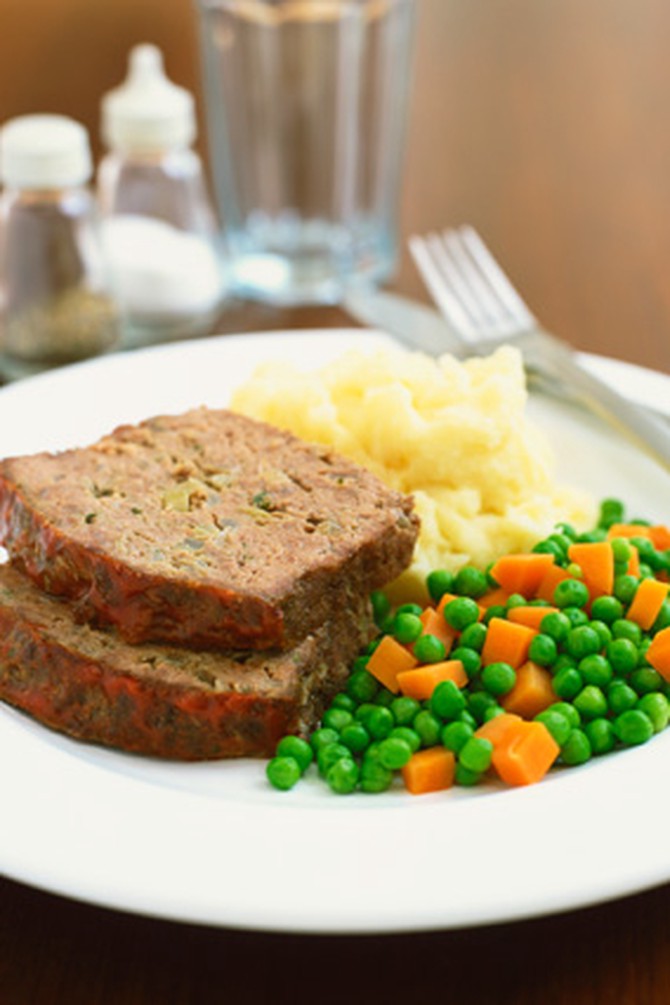
Photo: Thinkstock
Make His Favorite Childhood Meal
Recent studies have focused on the positive aspects of nostalgia and shown that indulging in memories can be therapeutic in many difficult situations. Email or call the mother of your husband, boyfriend or partner and find out what his favorite dish was growing up. Then make it for him as a surprise when he has a bad day. If your sleuthing doesn't turn anything up, there are always universal childhood favorites such as chicken nuggets, fish sticks and macaroni and cheese.
These new recipes give grown-up twists on 20 classics.
These new recipes give grown-up twists on 20 classics.
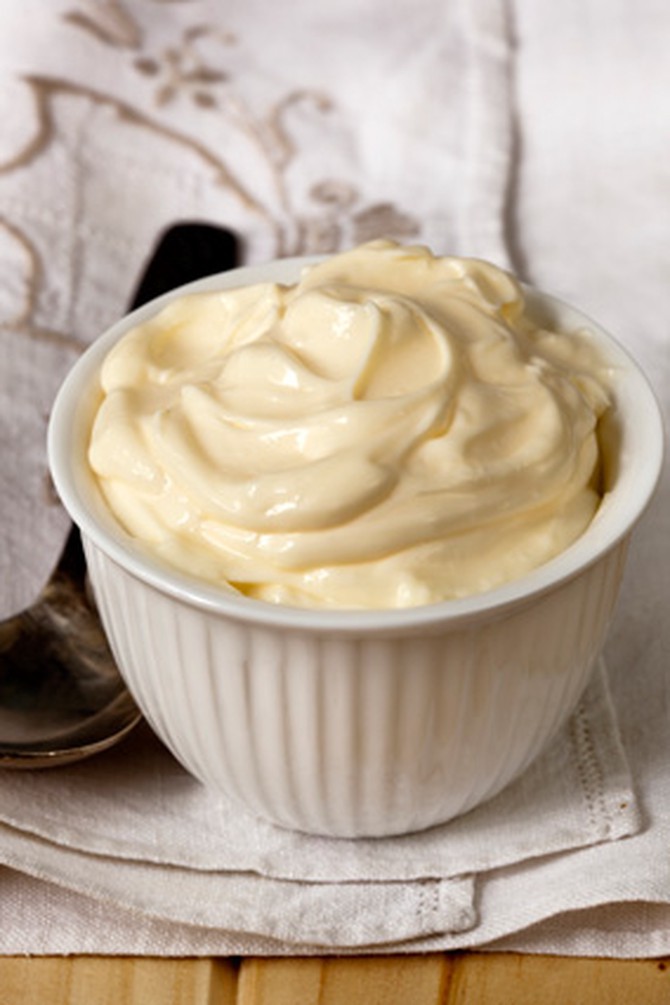
Photo: Thinkstock
Make Your Own Mayonnaise
Tamar Adler, author of the new book An Everlasting Meal: Cooking with Economy and Grace, says this ubiquitous condiment "is a food best made at home and almost never made at home. This has robbed us of something that is both healthy and an absolute joy to eat with gusto." It's simply egg yolks whisked with olive oil, though the addition of salt, Dijon mustard, water, lemon juice and red wine vinegar make it even better.
Get Adler's recipe for homemade Mayonnaise.
Get Adler's recipe for homemade Mayonnaise.
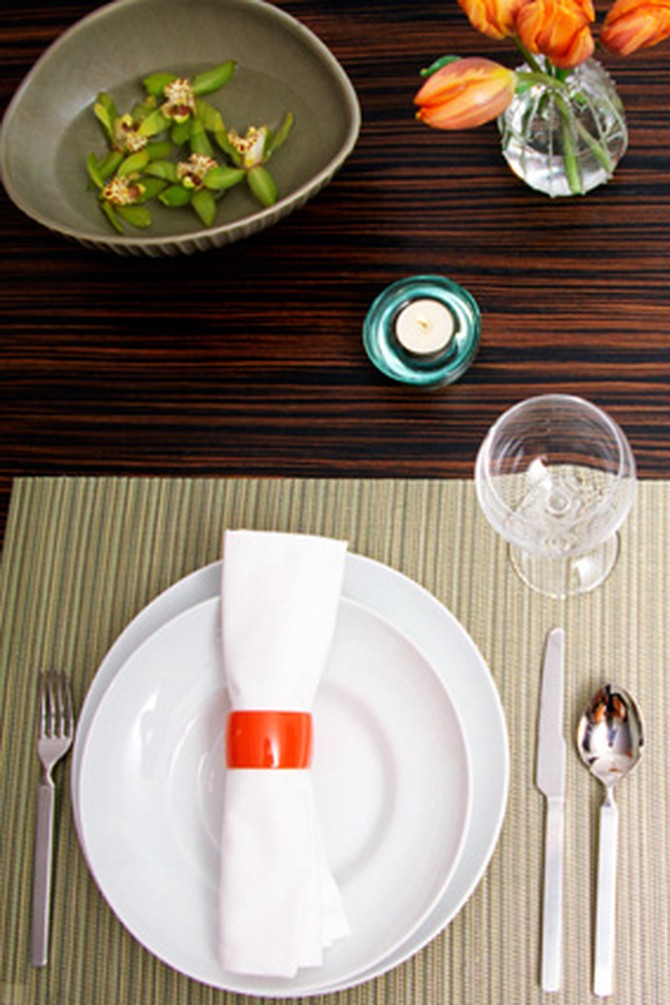
Photo: Thinkstock
Use Your Cloth Napkins
Cotton or linen napkins will make any dinner feel a little fancier than usual, even if you're eating takeout. Using them also cuts down on waste, and you can do even more for the environment if you don't wash them after every meal (unless they're covered in the sauce from General Tso's chicken, that is). Assign each napkin to a different family member and keep track by giving each person their own color or using personalized or monogrammed napkin rings.
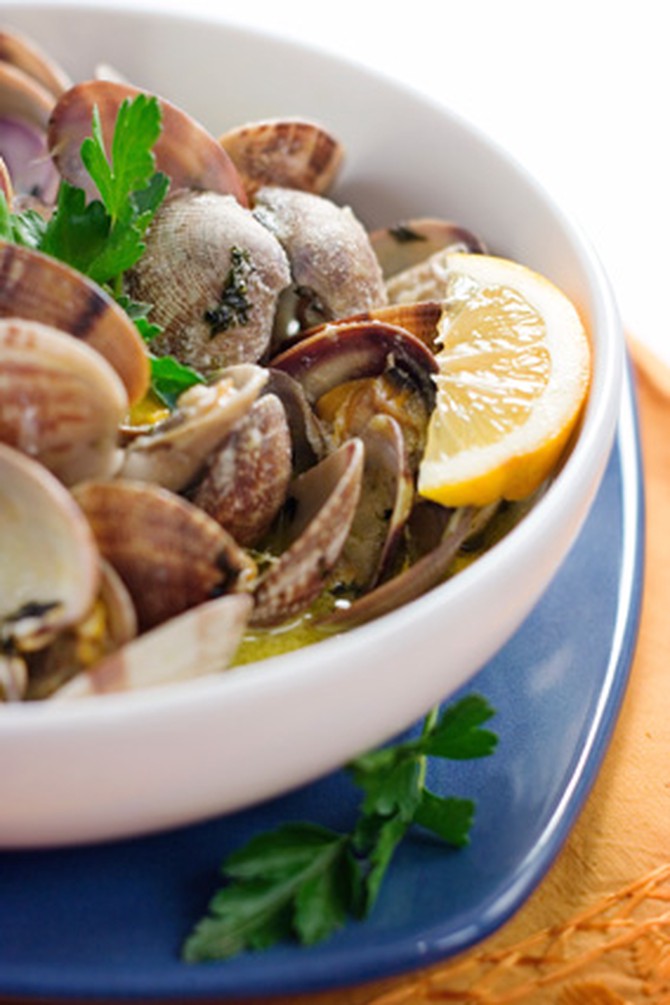
Photo: Thinkstock
Cook Something with Shells
Few things say "I am not afraid of cooking" more than turning a mass of hard-shelled crustaceans into a fragrant, briny platter of dinner waiting to be sopped up with good bread. It shouldn't be scary, though, since you really just need a handful of ingredients, and there's no special technique. Take clams, for instance. As Adler explains in An Everlasting Meal, once you scrub them and put them in a pot along with a little cold butter and a splash of wine or beer, the little mollusks will gasp and open, leaving you with a rich broth and the sweet clam meat. Adler's recipe for Clams and Potatoes with Vinaigrette and Parsley also explains how to choose between littlenecks, quahogs or razor clams: "Buy whatever you're facing, and do it boldly."
Keep Reading
Learn how to organize your pantry
Keep Reading
Learn how to organize your pantry
Published 12/27/2011

